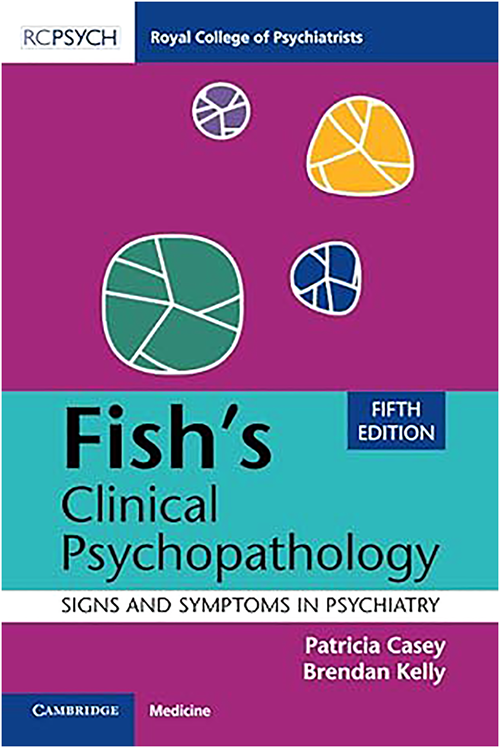
I was recently in a meeting where, as I had encountered several times, the professionals ended up leading the discussion on issues such as populations and politics. At this stage the carers’ representative brought the meeting back from the world of abstractions by stating that what patients and carers expected from psychiatrists was to show what unique skills and knowledge they brought to help patients with their difficulties. Those wise words stayed with me. One of the skills unique to psychiatry is psychopathology, especially when it is rooted in phenomenology. When I was a trainee, psychopathology was an inseparable part of our training and at every ward round there was a detailed discussion on the topic. Unfortunately with the advent of what I call assembly line psychiatry, psychopathology has been ignored. It pains me to see that our Royal College has not been as active as it should be in promoting the importance of psychopathology in training. I remember at some point it was not even seen as a necessary part of training.
Given that context, one has to admire the efforts of Casey and Kelly in updating the latest edition of Fish's clinical psychopathology. The original book, written by Frank Fish in 1967 and updated by Max Hamilton in 1974, was one of the great accomplishments in the field of psychopathology. Fish, being an erudite psychopathologist and writer as well as a multilingual who had read several psychopathology texts in different languages, managed to fit complex philosophical issues in a small volume. Updating his work is a monumental task that I am glad to say has been accomplished by Casey and Kelly.
The format of the book follows the previous editions. It is a credit that they include philosophical dilemmas at the core of psychopathology in this volume. There is an update on classifications, including ICD-11.1 Given the progresses in psychiatry, it is difficult to keep up to date without a corresponding increase in volume, and to keep the book the same length something invariably has to give; that is why the book seems somewhat thin on some subjects, for example, philosophy and phenomenology. Nevertheless, that does not take anything away from the sterling job accomplished by Casey and Kelly. There are case vignettes that can help the reader understand the phenomena better. There is a small section at the end of the chapters on how to ask questions and elicit symptoms, helpful for people new to psychopathology. In the chapter on disorders of thought, the section ‘Disorders of tempo and continuity of thought’ was very informative. I also liked the discussion on theories of delusions. The chapter on personality disorders is dominated by the DSM-5 classification.2 It is, however, positive that there is a discussion on changes in ICD-11 and the differences between the two classifications. I would have preferred a longer discussion on disorders of self, but given the length of the book it was understandable that not every topic could be discussed at length. The book has a long list of references that an enthusiastic reader could explore further. I also commend the way Casey and Kelly managed to make the information about motor disorders accessible. The way that chapter is structured makes it easy to read and remember.
Several years ago, I was present when someone, who was not particularly complimentary of psychiatry, stated that in the future the main work will be done by psychologists, occupational therapists and nurses, with some help by general practitioners in doing the prescribing, rendering psychiatry useless. I think one reason that scenario would not work is that psychiatrists have the expertise in psychopathology, which makes them in a unique position to help patients. Unfortunately, with the recent neglect of psychopathology by professional governing bodies, that scenario becomes more likely to occur, which would lead to patients missing an important aspect of their care. This makes the effort of Casey and Kelly more admirable. I highly recommend the book for psychiatrists as the beginning of an enlightening journey in the field of psychopathology.




eLetters
No eLetters have been published for this article.